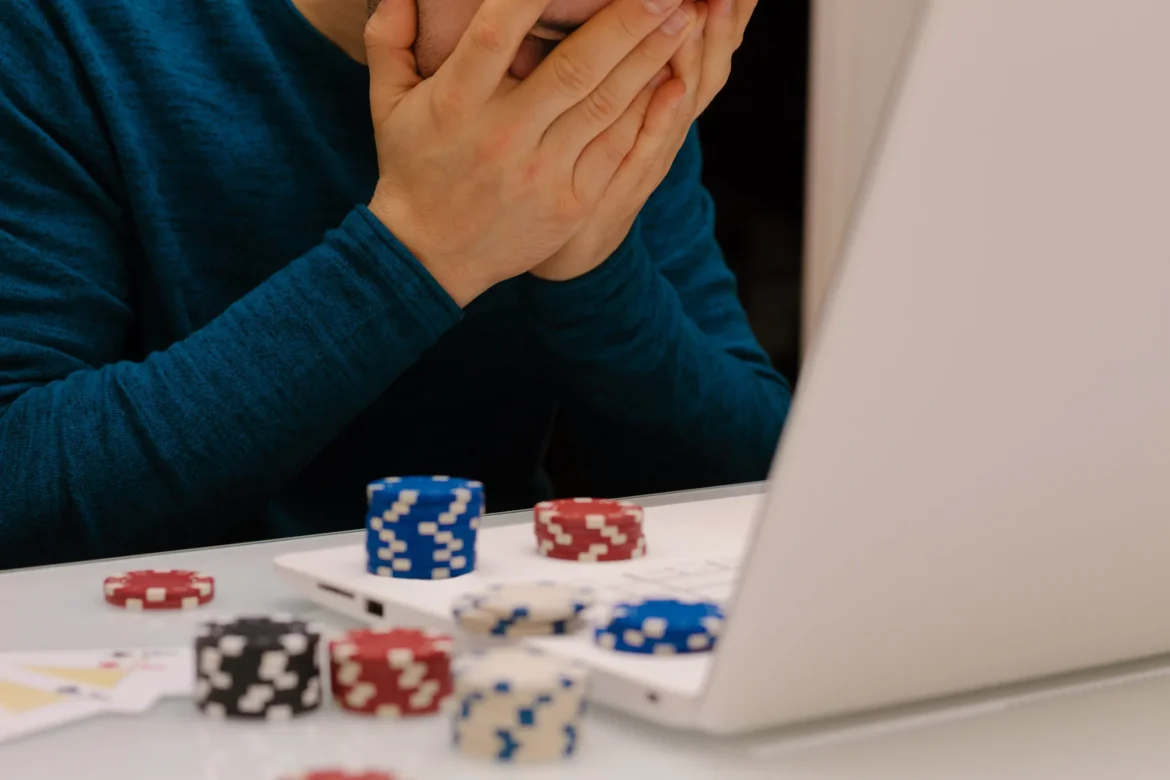Gambling can be an enjoyable pastime for many, but when it starts to feel overwhelming or out of control, it’s essential to recognize the signs and take action. This becomes even more critical when using gambling sites not on GamStop, as these platforms are not covered by the UK’s self-exclusion scheme, making it easier to slip through the usual safety nets. If you suspect you have a gambling problem while using such sites, this guide will help you understand the steps to take for support and recovery.
Understanding the Risks of Gambling Sites Not on GamStop
GamStop is a self-exclusion program designed to help UK players control their gambling habits by restricting access to all licensed operators registered under the scheme. However, many players turn to gambling sites not on GamStop due to restrictions or limitations they face on regulated sites. While these platforms might offer freedom and fewer restrictions, they lack the protective measures embedded within GamStop-registered sites. This absence means there is a higher risk of developing or worsening gambling problems.
If you find yourself gambling on these unregulated or offshore sites and feel that your habits are becoming problematic, it is crucial to act early.
Recognizing the Signs of a Gambling Problem
Before deciding on the next steps, it’s important to identify whether you might have a gambling problem. Common signs include:
-
Spending more money or time on gambling than intended.
-
Feeling restless or irritable when trying to cut down.
-
Chasing losses by gambling more to try and win back money.
-
Neglecting personal, professional, or financial responsibilities.
-
Borrowing money or selling belongings to gamble.
-
Hiding gambling activities from family or friends.
If you notice these behaviors, especially on gambling sites not on GamStop, your gambling may be out of control.
Immediate Steps to Take If You Think You Have a Problem
1. Acknowledge the Issue
The first and most important step is to admit that there might be a problem. Denial can delay getting help, so being honest with yourself is vital.
2. Stop Gambling on Non-GamStop Sites
If you suspect a problem, cease gambling on sites that do not offer self-exclusion options or responsible gambling tools. These sites often lack effective harm-reduction measures, which makes quitting more difficult.
3. Set Financial and Time Limits
For those who find it hard to stop completely, at least impose strict limits on deposits, losses, and the amount of time spent gambling. This can help reduce harm while you seek further support.
Seek Professional Support and Resources
1. Contact Gambling Support Services
Numerous organizations specialize in helping people with gambling problems. These include national helplines, counseling services, and online forums where you can speak confidentially with professionals or peers. They can offer guidance tailored to your situation, even if you are gambling outside GamStop.
2. Consider Therapy or Counseling
Cognitive-behavioral therapy (CBT) and other counseling approaches have been proven effective in managing gambling addiction. Therapy can help you understand the triggers, develop coping strategies, and rebuild a healthy relationship with money and leisure.
3. Use Technology to Block Access
Even if a site is not on GamStop, you can still use third-party software and tools to block access to gambling sites. Apps and browser extensions can help prevent impulsive gambling urges by restricting your access to problematic sites.
Build a Strong Support Network
Addiction thrives in isolation, so surrounding yourself with supportive friends and family can make a significant difference. Let people you trust know about your struggle. Their encouragement can help keep you accountable and emotionally supported.
Plan for Long-Term Recovery
Recovery is an ongoing process, and it’s essential to develop healthy habits and activities that replace gambling. Consider hobbies, sports, or volunteering as constructive ways to fill your time. Keep monitoring your behavior and seek help immediately if you feel the urge to relapse.
Final Thoughts
If you gamble on gambling sites not on GamStop and think you have a problem, don’t wait to get help. The lack of self-exclusion safeguards on these platforms can make it easier for gambling issues to spiral out of control. By recognizing the signs, seeking professional support, and using tools to restrict your gambling, you can take back control of your life and well-being.
Remember, help is available, and recovery is possible—no matter where you gamble.

